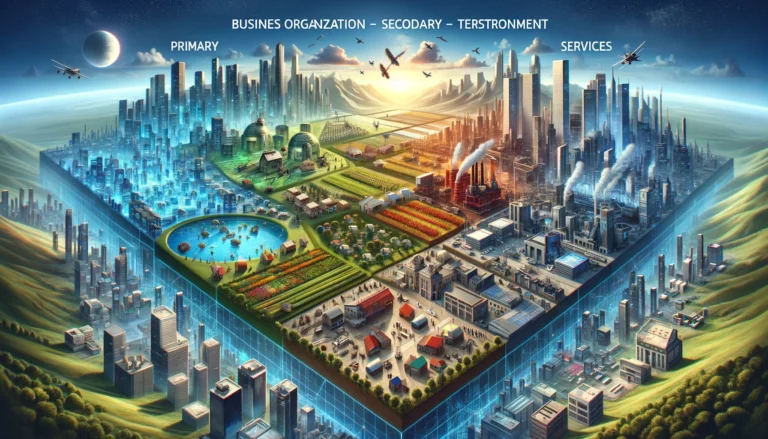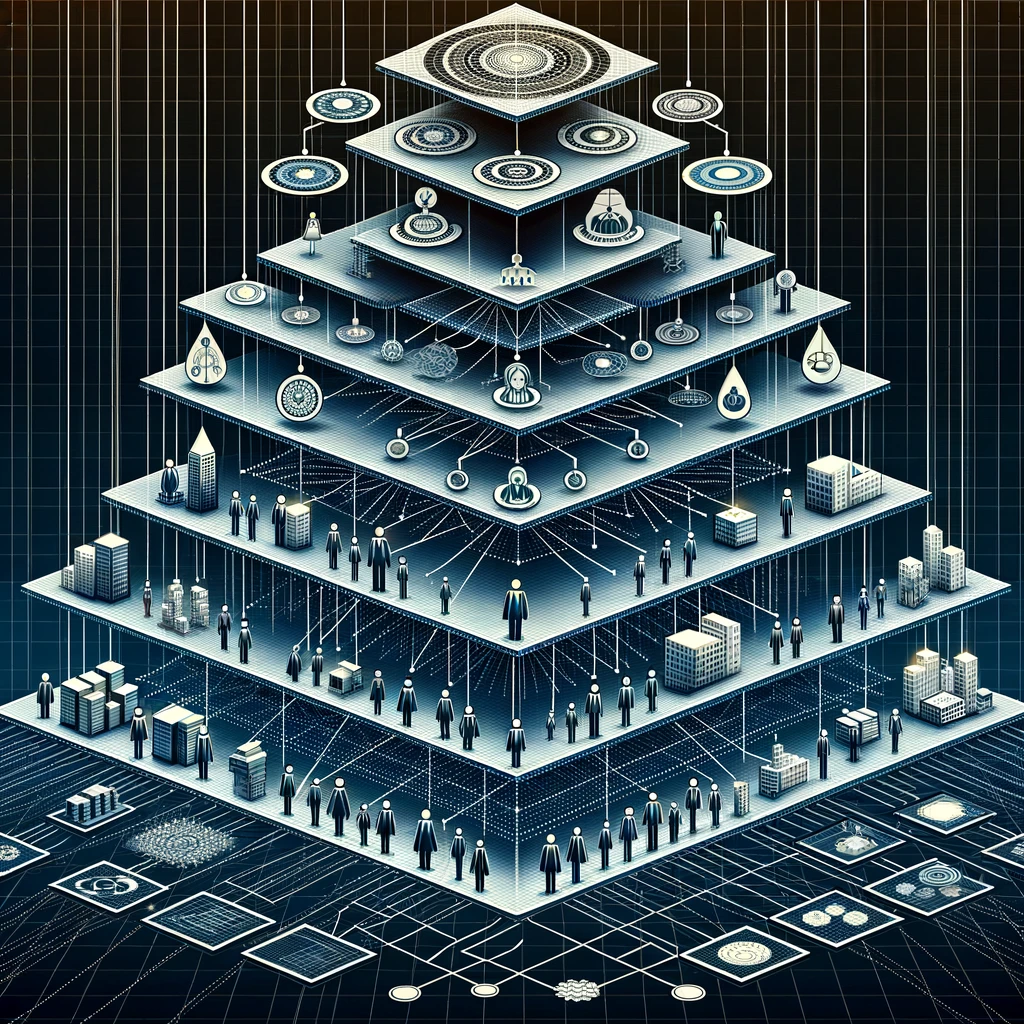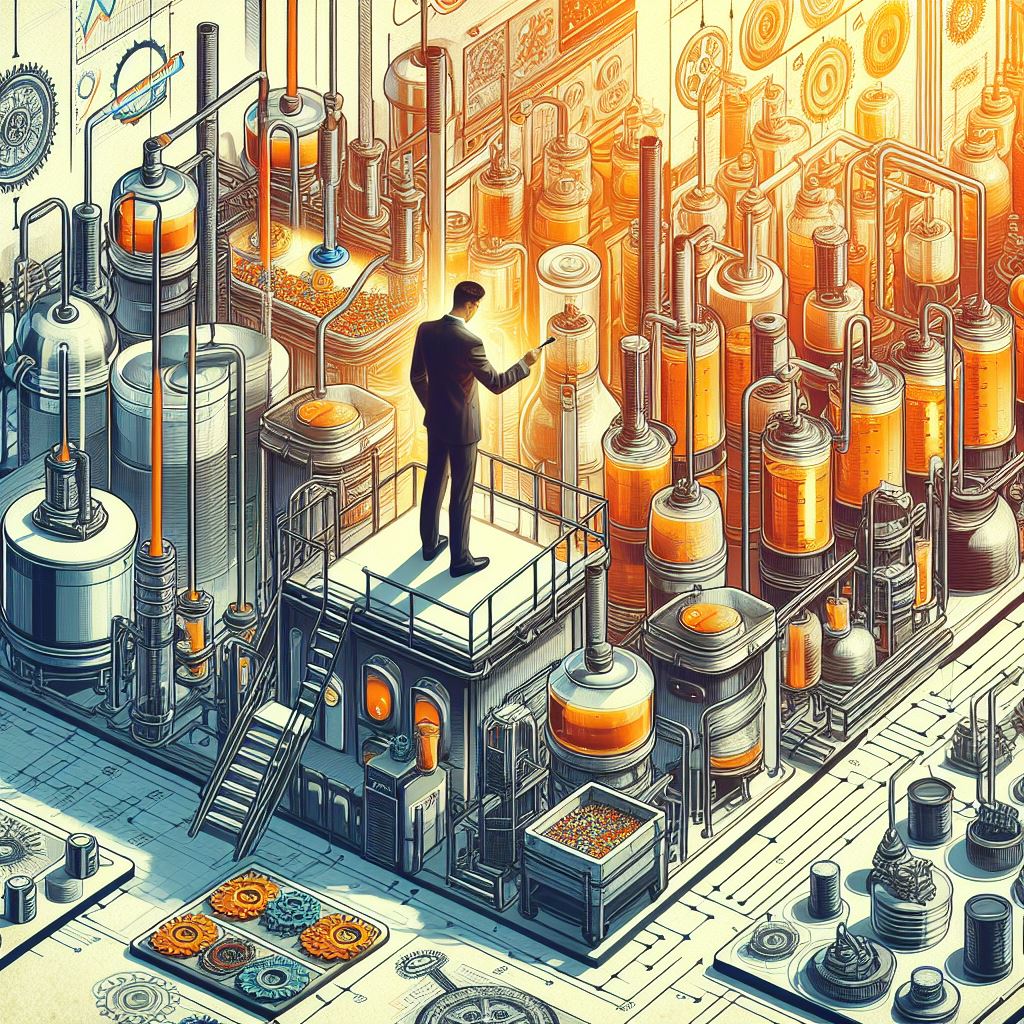- The extraction, harvesting, and conversion of natural resources.
- Most prevalent in LEDCs. Primary sectors in MEDCs use more automated methods.
- The primary sector has little added value.
- Examples: coal mining, vegetable harvesting.
- Manufacturing or construction of products by transforming the raw materials produced in the primary sector.
- Economically developing countries tend to dominate this sector.
- Examples: clothing production, car manufacturing.
- Provides services to the general population.
- Tend to be dominant in MEDCs.
- Examples: haircuts, taxi service.
- A subcategory of the tertiary sector.
- Involved in intellectual, knowledge based activities that generate and share information.
- Requires a highly educated workforce, and therefore is most prominent in MEDCs.
- Example: law firms, training and development firms.

Understanding the business sectors—primary, secondary, tertiary, and quaternary—is fundamental to grasping how economies function and evolve. These sectors categorize the types of business activities based on the processes involved in producing goods and services, each playing a crucial role in economic development. For IB Business & Management students, exploring these sectors provides insights into global economic patterns, the distribution of labor, and the shifting dynamics as countries develop. This comprehensive analysis delves into each sector with industry examples, highlighting their characteristics and economic significance.
Primary Sector
Characteristics: The primary sector involves the extraction and harvesting of natural resources. It forms the basis of all production, supplying raw materials for other sectors. This sector is characterized by low added value, as activities typically involve raw material extraction with minimal processing.
Economic Context: More prevalent in Less Economically Developed Countries (LEDCs), where manual labor dominates. In More Economically Developed Countries (MEDCs), the primary sector often employs automated methods to increase efficiency.
Examples:
- Coal Mining: A critical primary sector industry, supplying energy resources worldwide. Companies like Glencore are major players in this field.
- Vegetable Harvesting: Agriculture companies, such as Dole Food Company, are key contributors, providing raw agricultural produce to consumers and industries.
Secondary Sector
Characteristics: This sector focuses on manufacturing or construction, transforming primary sector raw materials into finished goods. It adds significant value to raw materials through production processes.
Economic Context: Economically developing countries often have a robust secondary sector due to lower labor costs, which attract manufacturing operations. However, technological advancements are enabling more automation in MEDCs.
Examples:
- Clothing Production: The garment industry, with companies like H&M, showcases how raw materials like cotton are transformed into consumer products.
- Car Manufacturing: Automakers such as Toyota represent the secondary sector’s pinnacle, turning steel, rubber, and glass into vehicles through complex manufacturing processes.
Tertiary Sector
Characteristics: The tertiary sector provides services rather than goods, serving the needs of consumers and businesses. This sector includes a wide range of services from retail and education to financial services.
Economic Context: Dominant in MEDCs, where economic development leads to higher consumer spending on services. The growth of this sector is often a sign of economic maturity.
Examples:
- Haircuts: Service businesses like Supercuts provide personal services directly to consumers.
- Taxi Service: Companies like Uber have revolutionized traditional service models, offering transportation services through a digital platform.
Quaternary Sector
Characteristics: A specialized subcategory of the tertiary sector, focusing on intellectual, knowledge-based activities. It involves the generation, processing, and sharing of information and requires a highly educated workforce.
Economic Context: Most prominent in MEDCs due to the higher education levels and technological infrastructure that support information-based services.
Examples:
- Law Firms: Organizations like Baker McKenzie, which provide legal services, rely on the intellectual expertise of their workforce.
- Training and Development Firms: Companies such as Coursera, which offer online learning platforms, exemplify the quaternary sector’s focus on knowledge sharing and education.
Conclusion
The division of business activities into primary, secondary, tertiary, and quaternary sectors helps in understanding the complexities of global economies and their developmental stages. From the extraction of raw materials to the delivery of highly specialized knowledge services, each sector plays a vital role in economic growth and employment. The transition from a dominance of primary and secondary sectors in LEDCs to the prevalence of tertiary and quaternary sectors in MEDCs reflects broader economic development trends. For IB Business & Management students, analyzing these sectors offers valuable perspectives on economic planning, policy-making, and the opportunities and challenges facing businesses in a globalized economy.






